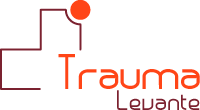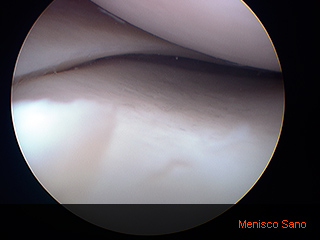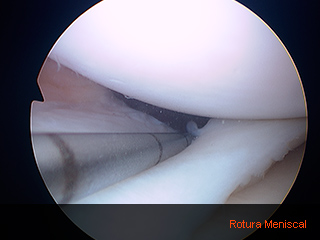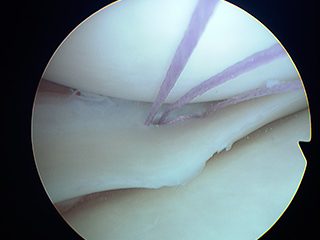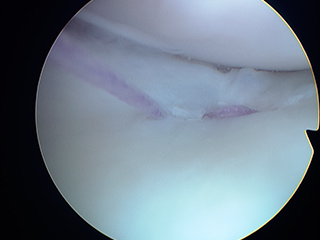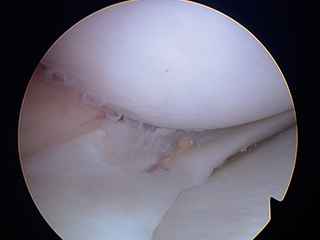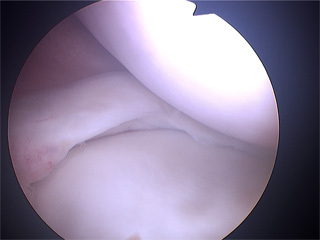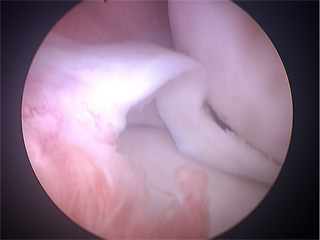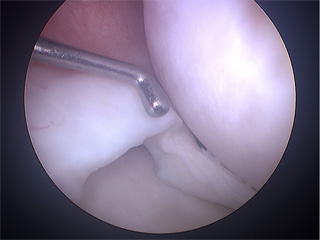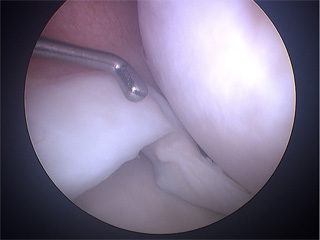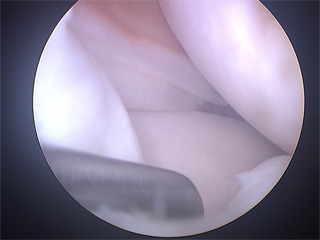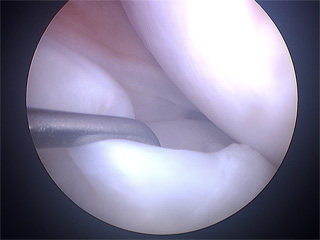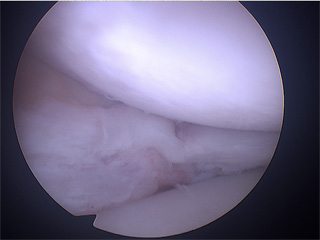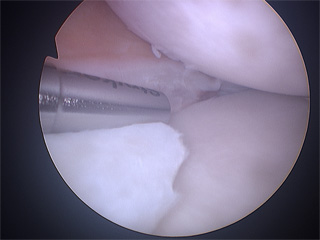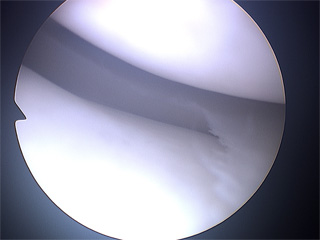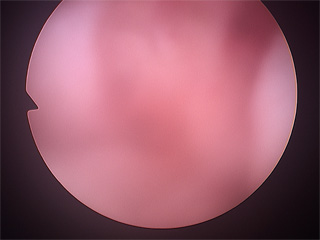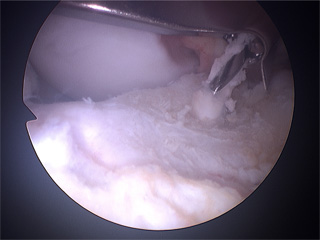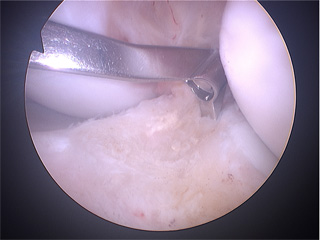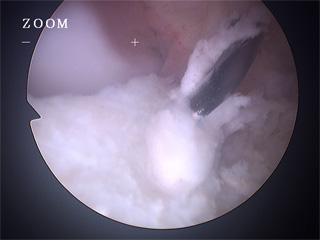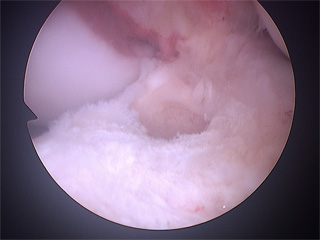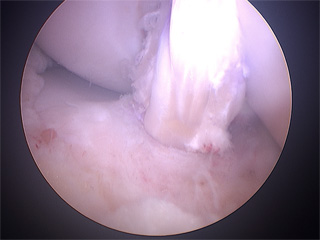Arthroscopy is a common surgical procedure which lets orthopaedic surgeons to see inside the knee joint. It is done under spinal anesthesia and through small incisions around your knee, so that the joint does not have to be opened up fully. The surgeon will make two small cuts (less than 6 mm.) on both sides next to the patellar tendon. A tiny camera will be inserted into your knee through one of the cuts. The camera is attached to a video monitor, thus the image is sent to the monitor and surgeon can see the structures of the knee joint in great detail as the surgical technique procedure.
INDICATIONS
- Meniscal rupture
- Anterior cruciate ligament tear
- Tibial or femoral osteochondritis
- Removal of Baker's cyst
- Patellar hyperpressure, Patello-femoral pain syndrome
- Chondromalacia patellae
- Removal of synovial plicas and loose bodies of the joint
- Arthrosis
- Fracture treatment around the knee by arthroscopy
COMPLICATIONS
Complications are unusual, just a 1-3% of patients are cause of concern. Knee arthroscopy is considered a low-risk procedure.
- Infection
- Bleeding
- Deep vein thrombosis
- Joint effusion
Knee arthroscopic procedures should begin with an exploration to make a diagnosis. Doctor should examine carefully every joint in a systemic way, in order to bring to light undiagnosed injuries by imaging test.



